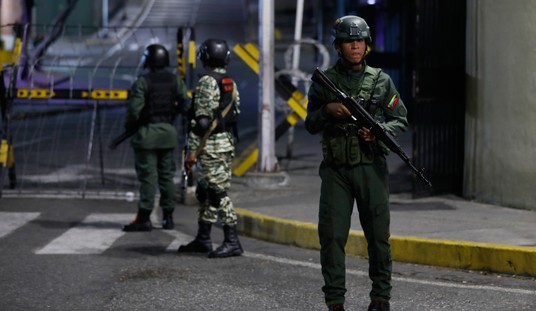Near The Kirti Monastary in a Tibetan area of China's Sichuan province, 21-year-old Lobsang Jamyang publicly set himself on fire last Saturday. It was the fourth time this month that a Tibetan protesting Chinese repression had resorted to self-immolation. When local residents attempted to retrieve his body from the police, Chinese security forces fired into the crowd, reportedly wounding two.
So far little is known about this latest Tibetan to burn himself alive. A few days earlier, however, a 42-year-old "Living Buddha" -- a prominent Tibetan monk named Sonam Wangyal -- swallowed and doused himself with kerosene, then set himself aflame in the western province of Quinghai. Sonam was an admired spiritual leader who had run an orphanage and a home for the elderly, and was regarded as the reincarnation of a high-ranking lama. Radio Free Asia reported that before immolating himself, he prayed and burned incense on a hilltop, and distributed leaflets calling his death a protest "for Tibet and the happiness of Tibetans."
The Chinese Communist Party crudely suggested that Sonam had killed himself after being discovered having an affair with a married woman. Such vulgar insults say more about the regime that spreads them than about the martyrs it seeks to defame. So does Beijing's propaganda accusing the Dalai Lama -- the exiled spiritual leader of Tibetan Buddhists and a Nobel Peace Prize laureate -- of orchestrating the self-immolations.
Since last March, 16 Tibetans -- nearly all of them Buddhist monks and nuns -- have set fire to themselves, desperate to open the world's eyes to the relentless brutality with which Beijing tyrannizes their people. The world is noticing. The wave of fiery suicides, the State Department's spokeswoman said last week, reflects "enormous anger, enormous frustration with regard to the severe restrictions on human rights, including religious freedom, inside China." In response, the Chinese foreign ministry sourly warned Washington not to use "Tibet-related issues to interfere in China's domestic affairs."
Recommended
But it is China that cruelly interferes in Tibet's domestic affairs. And it has done so with unsparing savagery ever since Mao's invasion of Tibet in 1950.
In their sweeping 2005 biography of Mao, historians Jung Chang and Jon Halliday write that following China's occupation, "a staggering 15 to 20 percent of all Tibetans -- perhaps half of all adult males -- were thrown into prison, where they were basically worked to death. They were treated like subhumans ... flogged with wire whips as they pulled heavy plows." The Communists embarked on a ruthless effort to annihilate Tibet's ancient culture, "a campaign officially called 'Big Destruction,' in which the entire Tibetan way of life came under violent physical assault."
For decades, Beijing has inflicted miseries on Tibet's people. Political liberties are unknown, surveillance is pervasive, arbitrary detention is routine, and fair public trials are nonexistent. Many reports have documented extrajudicial killings and a grisly variety of torture techniques. Freedom House has for years included Tibet in its annual compilation of the "Worst of the Worst," the most atrocious human-rights hellholes on earth.
There are many ways to commit suicide, but self-immolation may be the most horrifying to witness. The psychological impact of seeing another human being voluntarily engulfed in flames can be overpowering and unpredictable.
When David Halberstam, then a young reporter, witnessed the self-immolation of Thich Quang Duc on the streets of Saigon in 1963, he was left "too shocked to cry, too confused to take notes or ask questions, too bewildered even to think." Pictures of Duc's death spread across the globe, with devastating effect on the reputation of South Vietnam's government.
To rouse Czechoslovaks against the Soviet occupation of their country, 20-year-old Jan Palach burned himself alive in Prague's Wenceslaus Square in 1969 -- and demonstrations in his memory two decades later helped galvanize the resistance that led to the Velvet Revolution. Thirteen months ago, an obscure fruit vendor in Tunisia set himself ablaze to protest his humiliation at the hands of local police. In so doing, Mohammed Bouazizi ignited a firestorm still smoldering across the Middle East.
The Tibetan monks and nuns consigning themselves to the flames cannot know whether their self-sacrifice will lead to a similar upheaval in China's totalitarian empire. But they know the anguish of their people. And they know that nothing else has helped.

























Join the conversation as a VIP Member